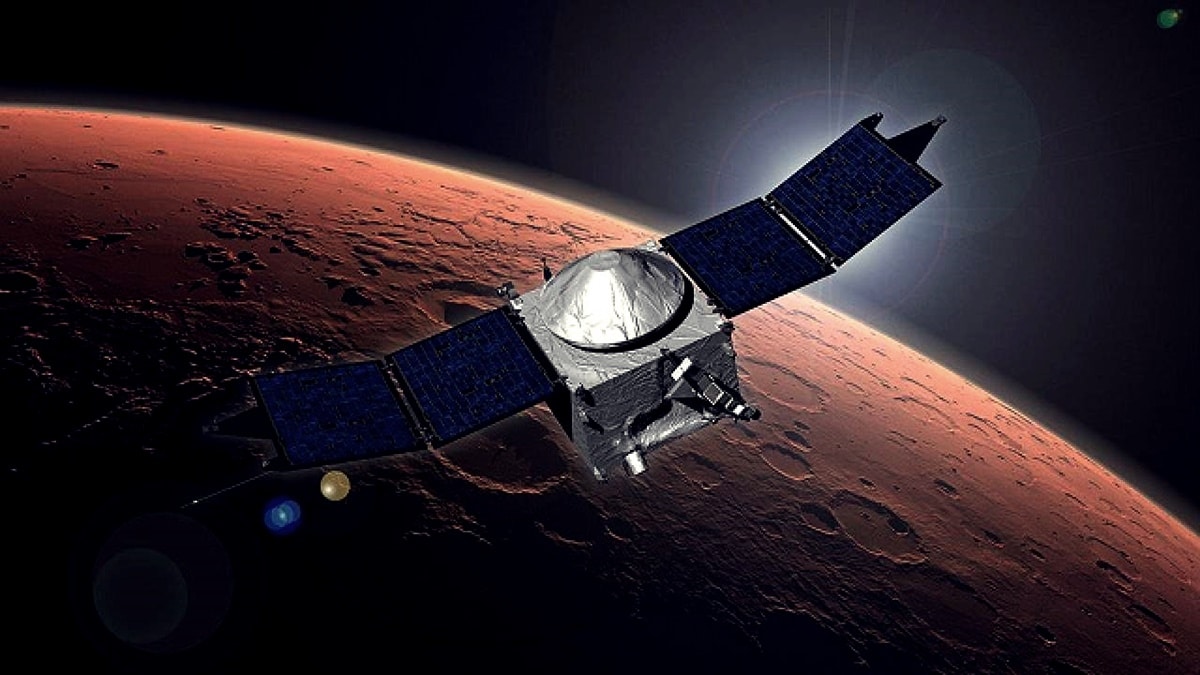Over a decade after it was launched, India’s maiden mission to Mars — Mangalyaan — has completed its journey. The Mars Orbiter Mission (MOM) has, reportedly, run out of propellant, making it difficult to be revived in the Red Planet’s orbit.

This development is fuelling speculation that the mission is finally over. The Indian Space Research Organisation (Isro), which operates the spacecraft around Mars, is yet to say anything on the matter of whether the probe can be revived or not.
Sources told news agency PTI that there is no fuel left in Mangalyaan. “Right now, there is no fuel left. The satellite battery has drained,” sources in the Indian Space Research Organisation (ISRO) told PTI, adding that the link has been lost.
“Recently there were back-to-back eclipses including one that lasted seven-and-half hours. The satellite battery is designed to handle an eclipse duration of only about one hour and 40 minutes. A longer eclipse would drain the battery beyond the safe limit,” PTI reported, quoting unnamed sources.
The mission had already exceeded expectations as it remained operational for over eight years when it was designed for a six-month-long mission around Martian orbit.

Mangalyaan was launched in 2013 onboard PSLV-C25 as the first interplanetary mission from India, making Isro the fourth space agency in the world to launch such a mission beyond Earth’s orbit. The spacecraft was a demonstration mission aimed at establishing that India could design, launch and operate a mission on another world.
Developed at just Rs 450 crore, the mission to Mars from India was one of the most cost-effective interplanetary missions ever designed.
The spacecraft was equipped with five instruments to study the Martian surface features, morphology, mineralogy, and the Martian atmosphere. The five instruments included the Mars Color Camera (MCC), Thermal Infrared Imaging Spectrometer (TIS), Methane Sensor for Mars (MSM), Mars Exospheric Neutral Composition Analyser (MENCA), and Lyman Alpha Photometer (LAP).
“MOM is credited with many laurels like cost-effectiveness, a short period of realization, economical mass-budget, and miniaturization of five heterogeneous science payloads”, ISRO officials pointed out.
)
India has been planning to launch another mission to Mars in the coming years. It is also likely to be an Orbiter. Former Isro chief K Sivan, during his tenure in 2021, said Mangalyaan-2 would be undertaken only after the launch of Chandrayaan-3, India’s upcoming Moon mission. He added that the space agency had asked the scientific community for suggestions on possible experiments and it is in the process of receiving these.
The second Mars mission remains on the drawing board for now.











